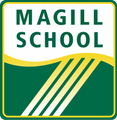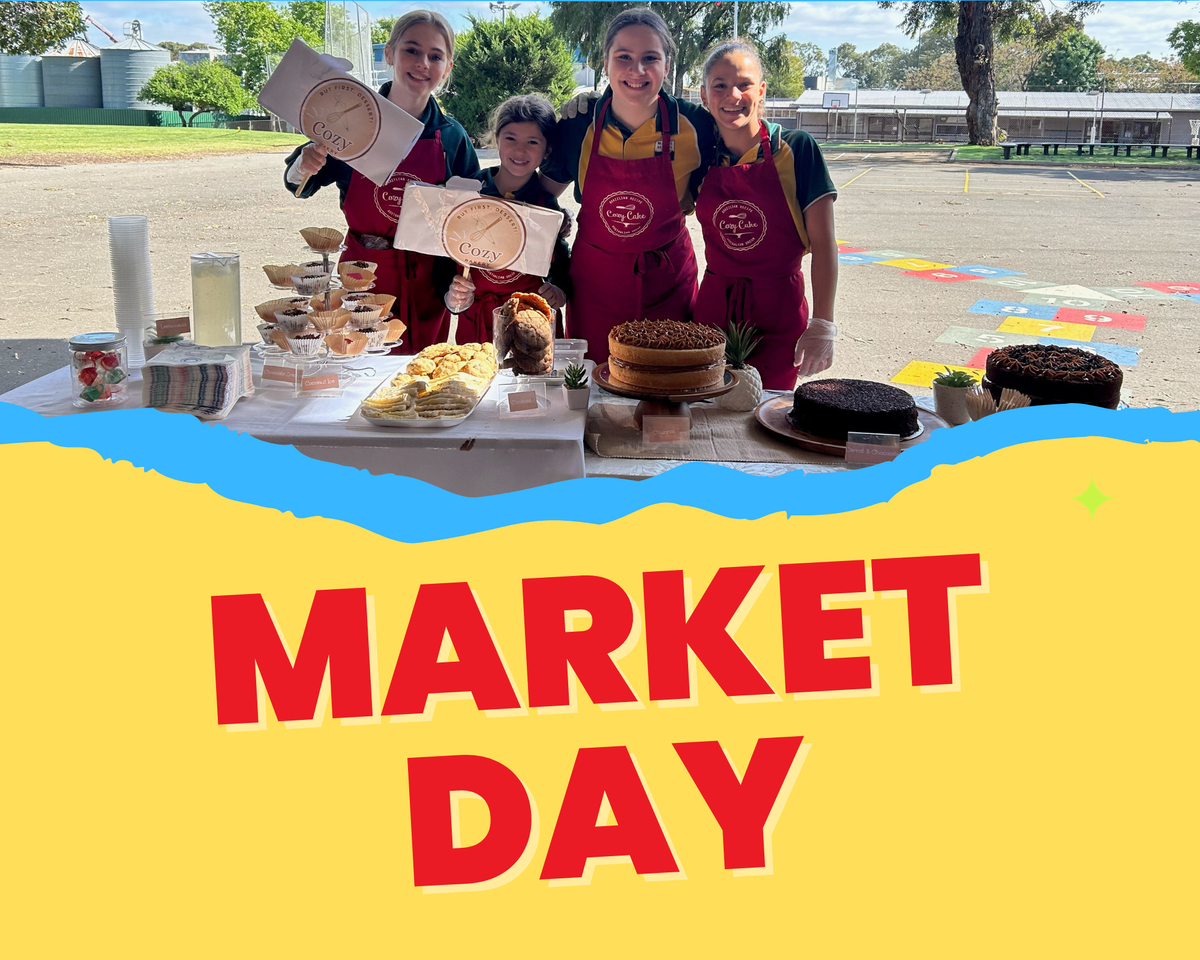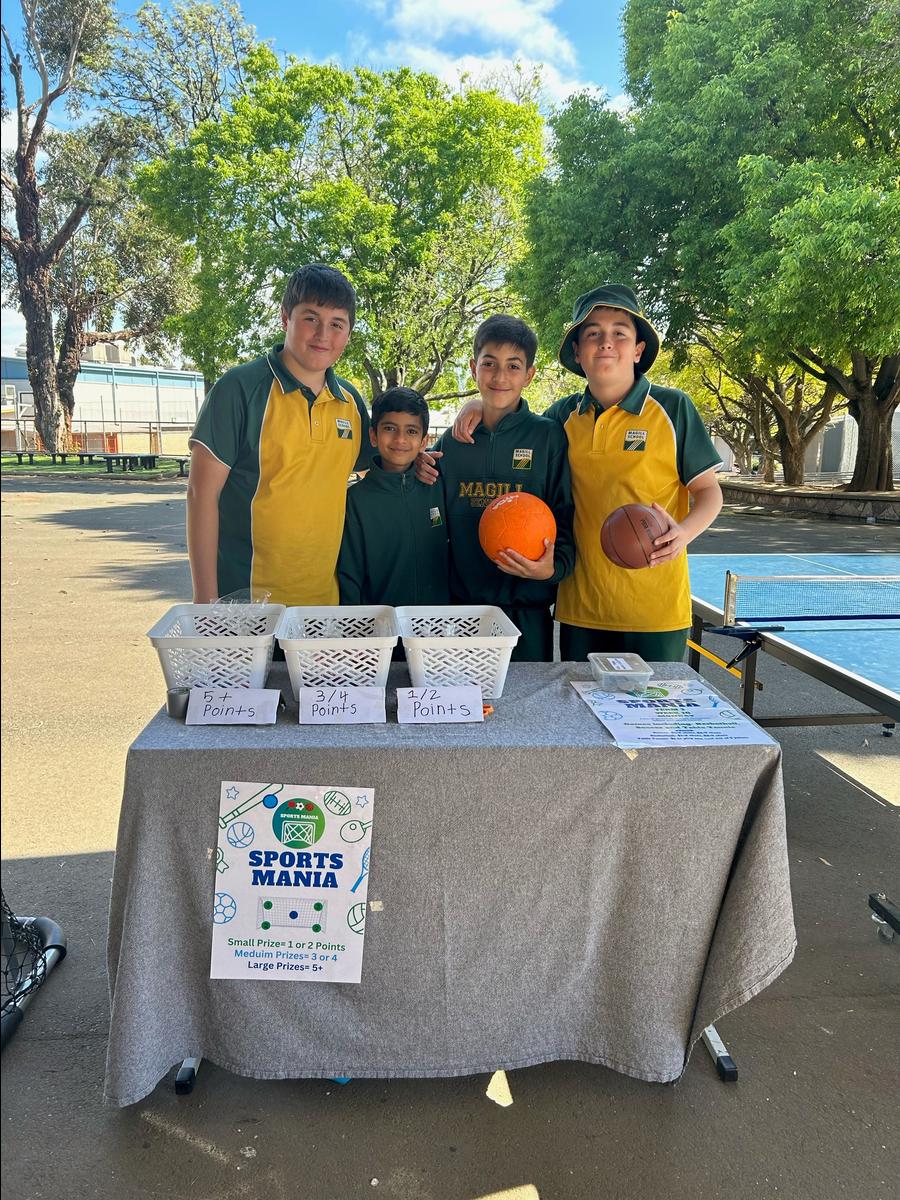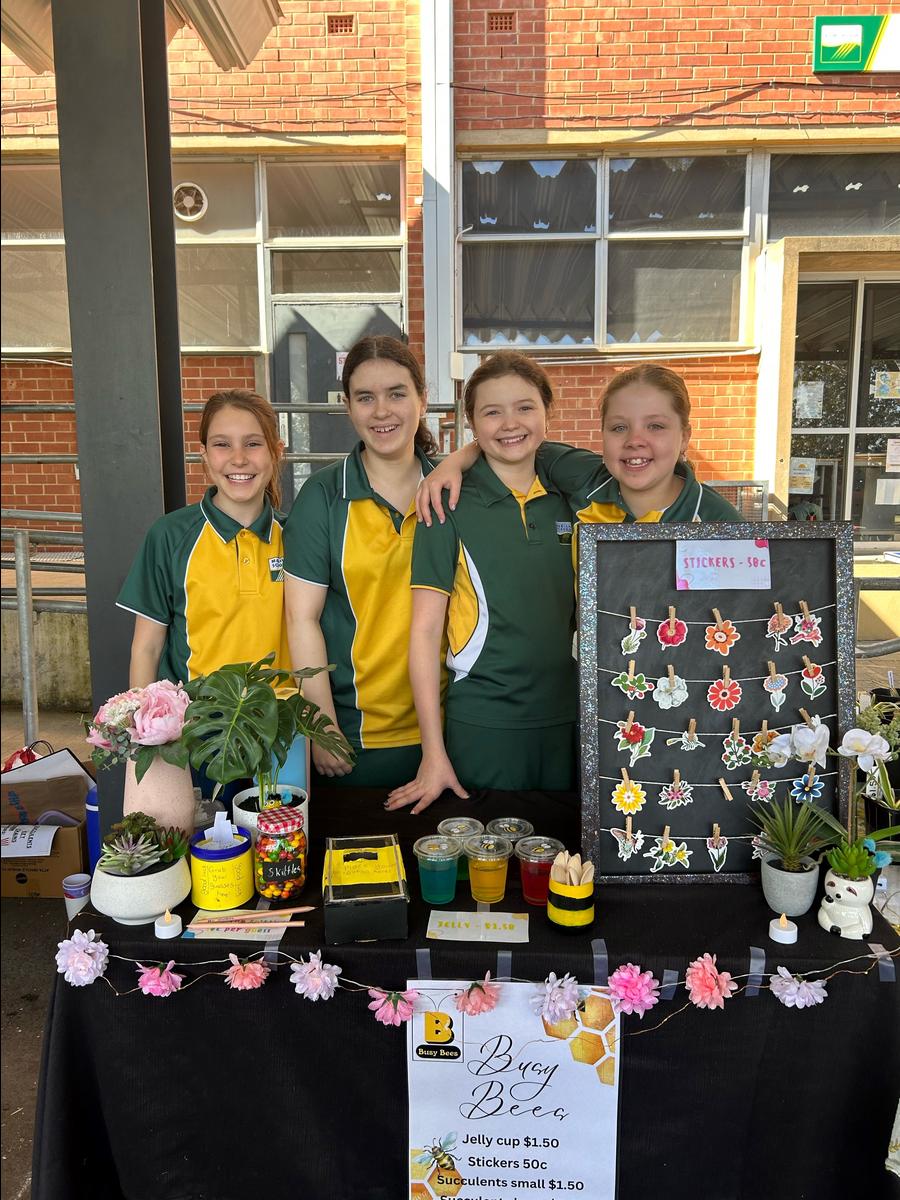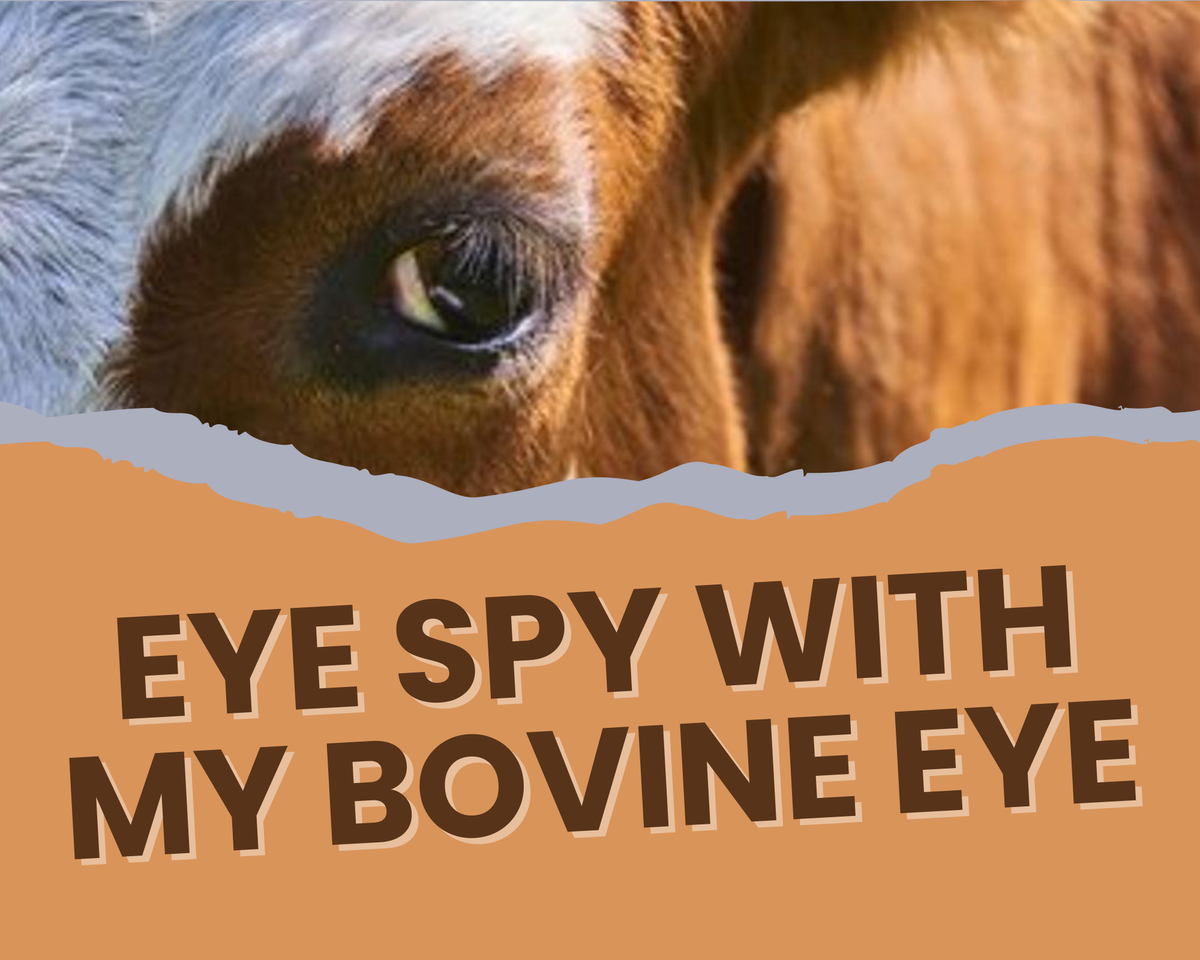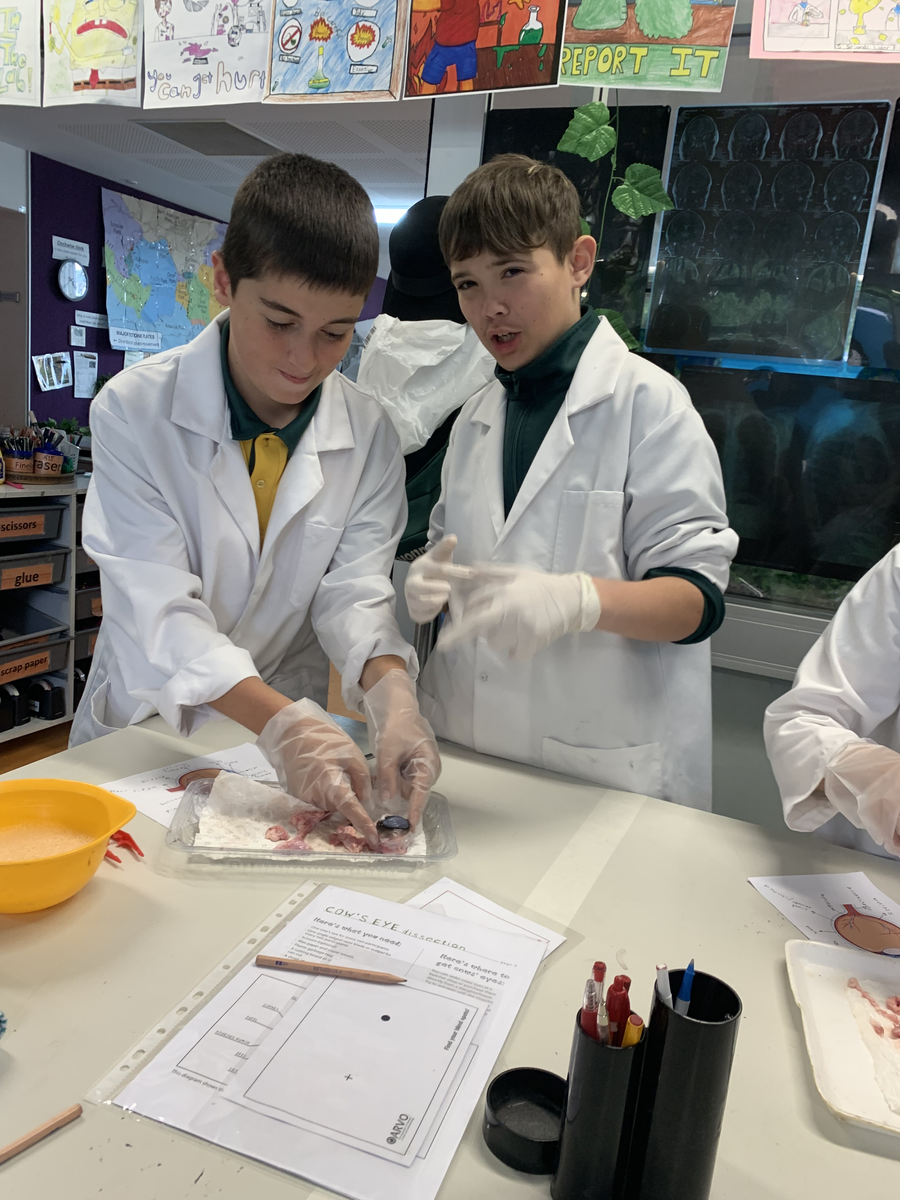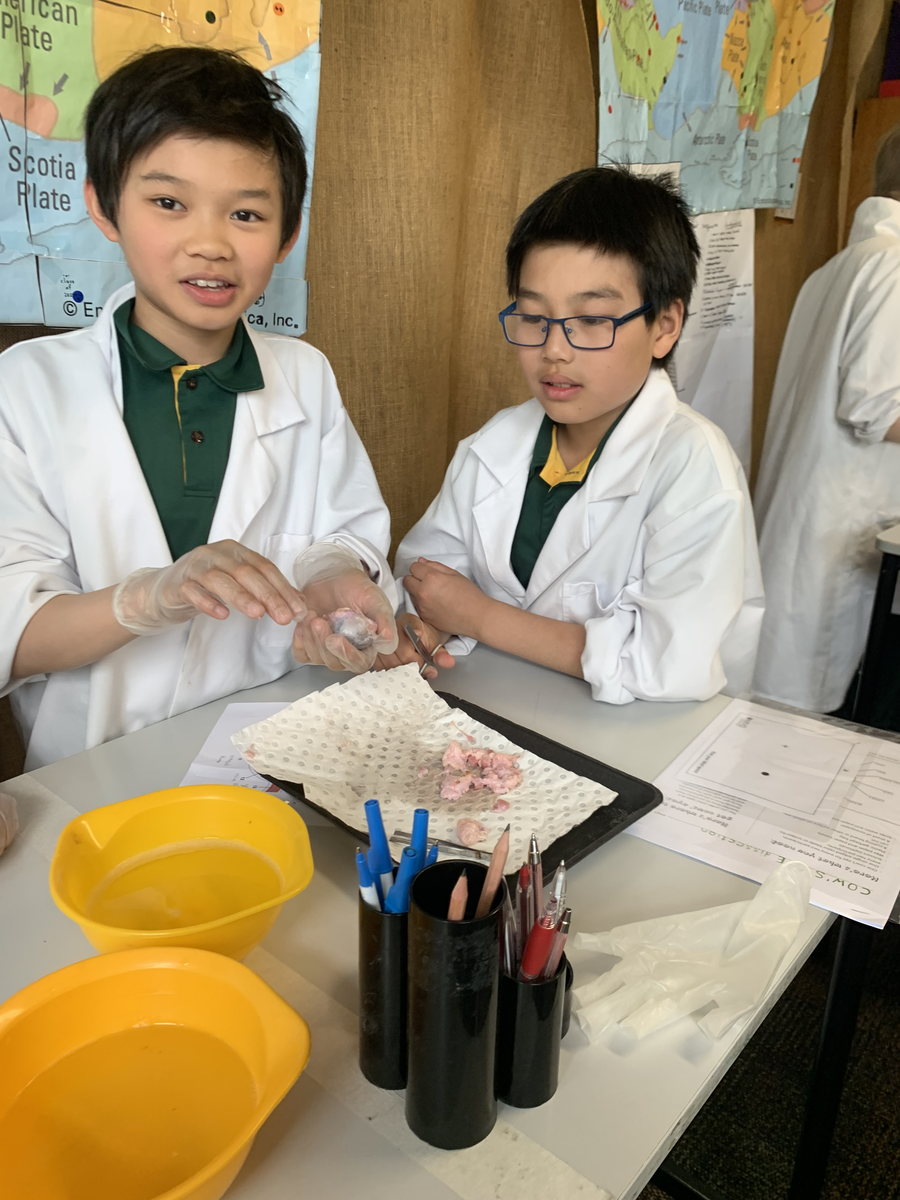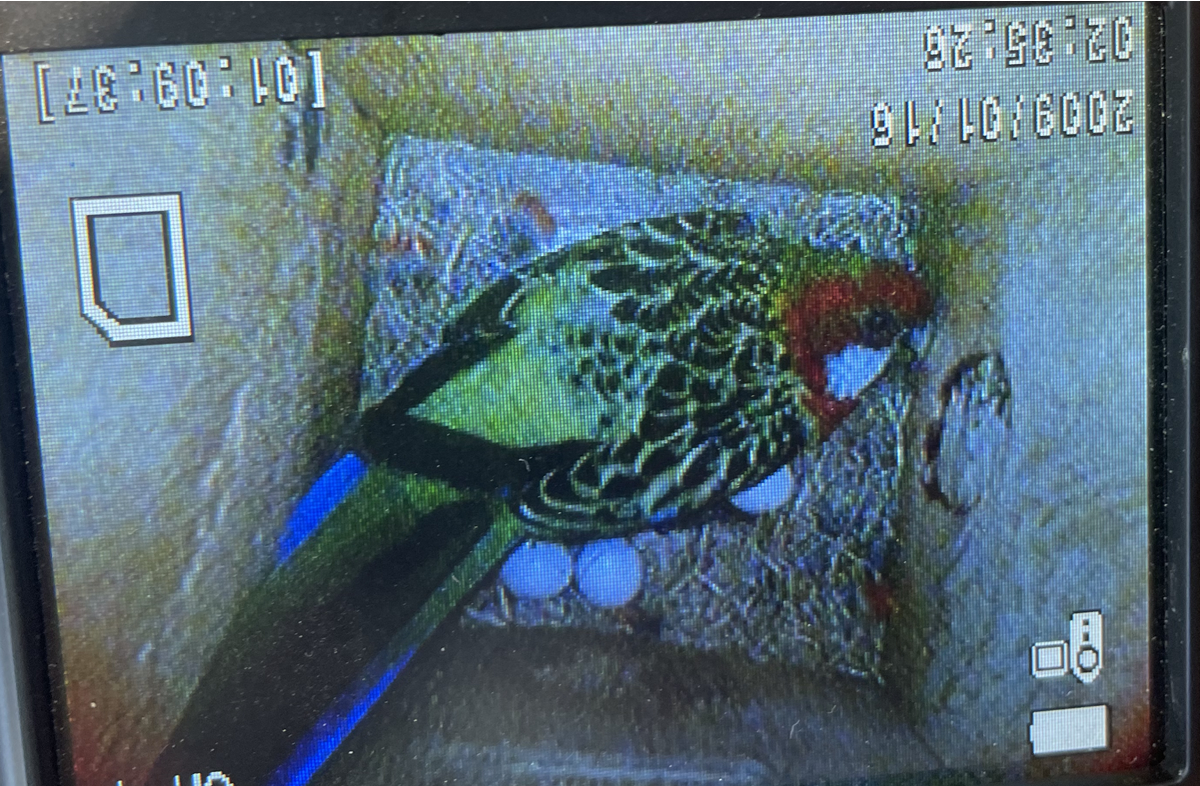Student Learning

As part of our learning in Business and Economics, the Year 6 classes formed small groups and created their own businesses. They were given a $50 loan to begin their business and needed to demonstrate an understanding of consumer choice in order to choose a product or game to create, market and sell in order to make a profit and pay back their loans. Students created a range of food and drink items, made products and raffles or sideshow style games for students to enjoy. Food and drinks included bubble tea, cakes and ice cream. Products included plants, bracelets, bookmarks and origami. Sideshow games involved hitting targets, shooting goals and card games.
On Monday, 25th September, after an extremely busy term learning about business, economics, consumer choice and the requirements of creating their own businesses, the Year 6 students put their products, games and advertising skills on show to their clientele of Reception to Year 5 students. What a fantastic day it was, showcasing their learning, with all products and games proving to be a hit, raising an incredible $3730.10 (a new record for Magill). The Year 6 teachers are proud of the efforts put in by their students, and the enthusiasm shown throughout the learning sequence and on selling day!
Mel Pietrobon
Year 6 Teacher
Cool Science
Cool Science! During Week 9 this term, Dani arranged for ALL Year 5 and 6 students to participate in an eyeball dissection. Thank you, Dani, for your organisation and planning for this special event.
The following is a recount written by a year 5 ‘roving newsletter reporter’ from F15….
‘Eye Spy with My Bovine Eye’
Thursday the 21st of September 2023 was a very exciting day because my class (F15) did a cow eyeball dissection as a science experiment to learn about the eyeball. We have been learning about light during Science this term, and dissecting an eyeball was the perfect way to end our learning. We learnt that a cow eyeball is structured very similarly to a human eye as they are both mammals.
As we walked into the science classroom, with some trepidation, we were all put into pairs. Tools such as sharp medical scissors and long metal tweezers were laid out on trays for us.
The dissection happened in three stages. Our science teacher, Dani, showed us the first step which was cutting off the sticky white fat and exterior muscles. All the way down to the sclera. We then copied what Dani did with our partners at our own tables. My partner was Ying, and he held the cow eye that Mrs Greenfield had handed out while I cut carefully. The cow’s eye was around 8cm in diameter, pinkish white, very fatty and the eyelid was still on it! Removed from the skull made it look a bit scary. Despite being very careful, I almost severed the optic nerve that we were supposed to keep.
Stage two and Dani showed us how to cut around the cornea, the hard outer layer keeping the vitreous humor and lens in place, and squirt out the vitreous humor and lens. With Ying cutting and I holding, it took around two minutes to cut the cornea open. I was really afraid that Ying would hurt my hand. Ying then squirted both out, we then found out that the vitreous humor was sort of clear and felt like jelly, while the lens was opaque. It’s normally translucent but these eyeballs had been frozen. There was a lot of black liquid. Like squid ink.
In the third stage, we were told to search for the retina, blind spot, macula, and pupil. The blind spot is where the retina is attached to the back of the eye and with no light sensitive cells on it. The macula is a bump in the eye that processes what you see directly in front of you. Unfortunately, nobody in my class found the blind spot or macula which made everyone very frustrated.
As part of step three, we did a blind spot test by closing our left eye and looking at the cross on a sheet of paper with a cross and a dot on it and moving the sheet of paper closer and closer until the dot disappeared. Even though we didn’t find the blind spot in the cow eyeball, the blind spot test proved there actually was a blind spot. We also learnt that the tapetum lucidum is a layer on the back of the cow eye that reflects light at night. That’s why some animals' eyes reflect in the night like; cats, possums and cows. Humans don’t have this layer.
Everyone gained lots of knowledge about the eyeball via the dissection. We thoroughly enjoyed the dissection and wished the experiment wouldn’t end so quickly because we had lots of fun. Thank you Dani for planning this valuable experience.
Jason (F15)
Spring Has Officially Sprung at Magill
The hard work of the Sustainability Action Team 2022 is paying off in Spring, 2023. We put bird and possum boxes in our school to counteract habitat destruction as our major project last year. Several of the boxes we have investigated so far have been inhabited by Rainbow Lorikeets and Eastern Rosellas- and they have laid eggs, which is very exciting. Koalas are enjoying our beautiful landscape too- we affectionately named this little guy, Cubby.
We can't wait to continue to improve the natural surroundings of our school with coming projects.
